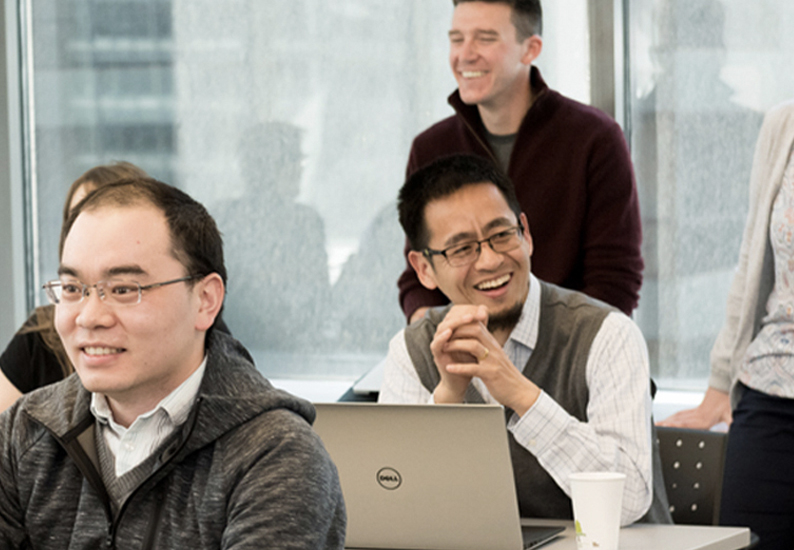As a Med Chemist at one of the largest pharmaceutical companies in the world, I was well aware of the advantages of using computational chemistry software to render models and visualize ligand binding to proteins, but it wasn’t until joining Schrödinger in 2017 that I was introduced to using Schrödinger’s addictive web-based cheminformatics program, LiveDesign.
As co-head of the Medicinal Chemistry group, I realized that LiveDesign could be a useful tool to view SAR and manage drug discovery projects. What I didn’t foresee was the fundamental impact LiveDesign would have on not only the efficiency of the entire drug discovery process, but also the quality of the candidates that we were able to achieve.
Before joining Schrödinger, I’d led drug discovery programs for a world-class pharmaceutical company alongside some of the smartest people I know. Although I loved my work, I found that the design and ideation process underpinning structure-activity relationship analyses was slow. The excitement around innovative ideas was diminished by a bottleneck of repeated meetings and never-ending email chains. Despite having a team of exceptional scientists, ideas were isolated and feedback was hard to track, trapping progress in a seemingly endless loop.
So when I began using LiveDesign at Schrödinger, it was an addictive improvement. Now every member of the project team, wherever they were located, worked within the same web-based platform, bringing experimental data side-by-side with computational models and cheminformatics tools. Information was tracked in real-time, data was accessible immediately, and communication was centralized. As a manager, I was able to see all projects, know their status at a glance, and understand what decisions had been made.
But what I hadn’t expected was that LiveDesign actually enlivened the design process, creating an interactive experience between the chemists and the modelers. More than an interface, LiveDesign became a laboratory where our team could test and share ideas live.
With 3D modeling tools, multi-parameter optimization, and QSAR models embedded directly in the platform with automatic results, we almost felt like we were running a computational assay right away. It became addictive—we would sit there for hours designing, checking different docking models, QSAR models, MPO’s—we kept seeing the numbers improve, so we would keep going until we came up with the most interesting ideas.
Because LiveDesign is a web-based platform, it’s not stuck in that step-by-step linear cycle from my previous experience. All team members, wherever they happen to be, are to work collaboratively at once, and it avoids the risk of duplicating efforts. Team members can see the original idea and add to it—refining, experimenting and exploring. Designs end up feeding into each other, generating even more ideas. Instead of spending countless hours preparing PowerPoint slides to share results, our meetings used LiveDesign as a guide, making the whole process more spontaneous, addictive, and productive.
Now, three years into my tenure at Schrödinger, I no longer see LiveDesign as simply a SAR viewing tool. I have experienced first-hand the deeply integrated design and ideation process that LiveDesign facilitates. It has become my team’s chemistry workbench, enabling the whole team to come together to solve a problem together.
I really can’t see going back to the old way of working. LiveDesign is our team’s meeting space, communication channel, and design lab. It has accelerated the pace of our work and has made the whole process more interactive, engaging and even fun.










